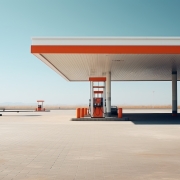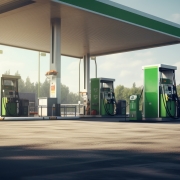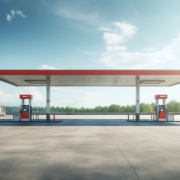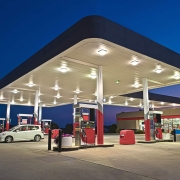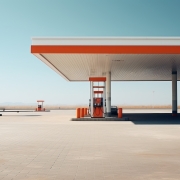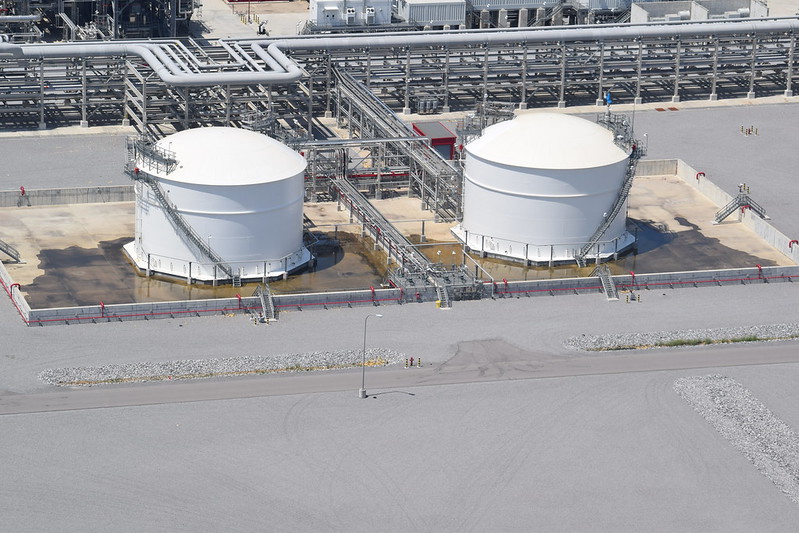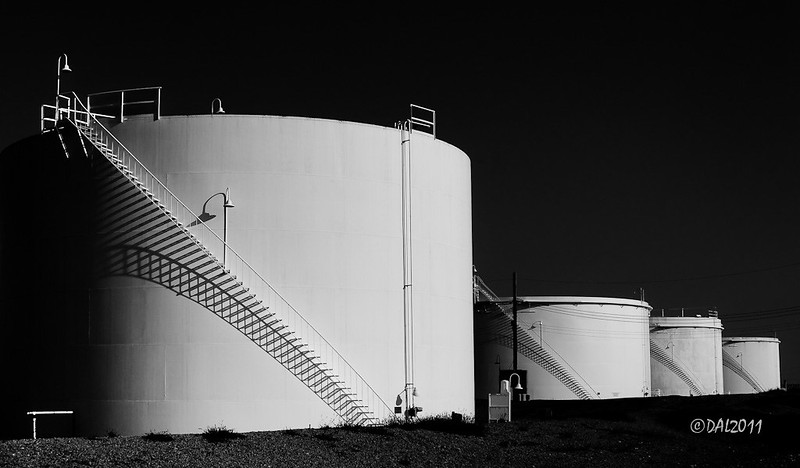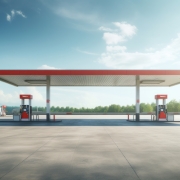Streamline Your Business Journey With Investment Proposal That Makes Investors Stop, Listen and Invest.
An investment proposal isn’t just a roadmap for potential investors; it’s a reflection of your goals, strategies, and growth potential.
Why is mastering the art of crafting a compelling proposal crucial? Because a well-structured one can attract top-tier investors, secure solid financial backing, and turn your investment dreams into reality.
So, let’s dive in and explore the intricate world of investment proposals and their potential for wealth creation.
What exactly is an investment proposal? It’s a detailed document created by individuals or companies looking to secure financial investment funds from banks, investors, or venture capitalists.
Crafting a robust financial proposal is essential to convince potential investors that your business idea is viable and profitable. It covers various aspects, including the project’s nature, required investment amount, profit projections, identified risks, and strategies to mitigate those risks.
Typically, an investment proposal starts with an executive summary, succinctly conveying the business’s core idea and objectives.
It then provides a detailed description of the proposed project, explaining why it’s unique, promising, and worthy of an investor’s time and capital.
The proposal also includes a clear marketing plan, detailing how the business plans to attract its target audience, approach competitors, and position itself in the market. Additionally, it outlines a meticulous financial plan, including projected funding requirements, revenue forecasts, and repayment plans.
In essence, the goal is to present a compelling image of the proposed venture, showcasing its profitability, sustainability, and how investors can expect a significant return on investment (ROI). With straightforward language and clear explanations, mastering the art of crafting an investment proposal can open doors to abundant opportunities for financial growth and success.


